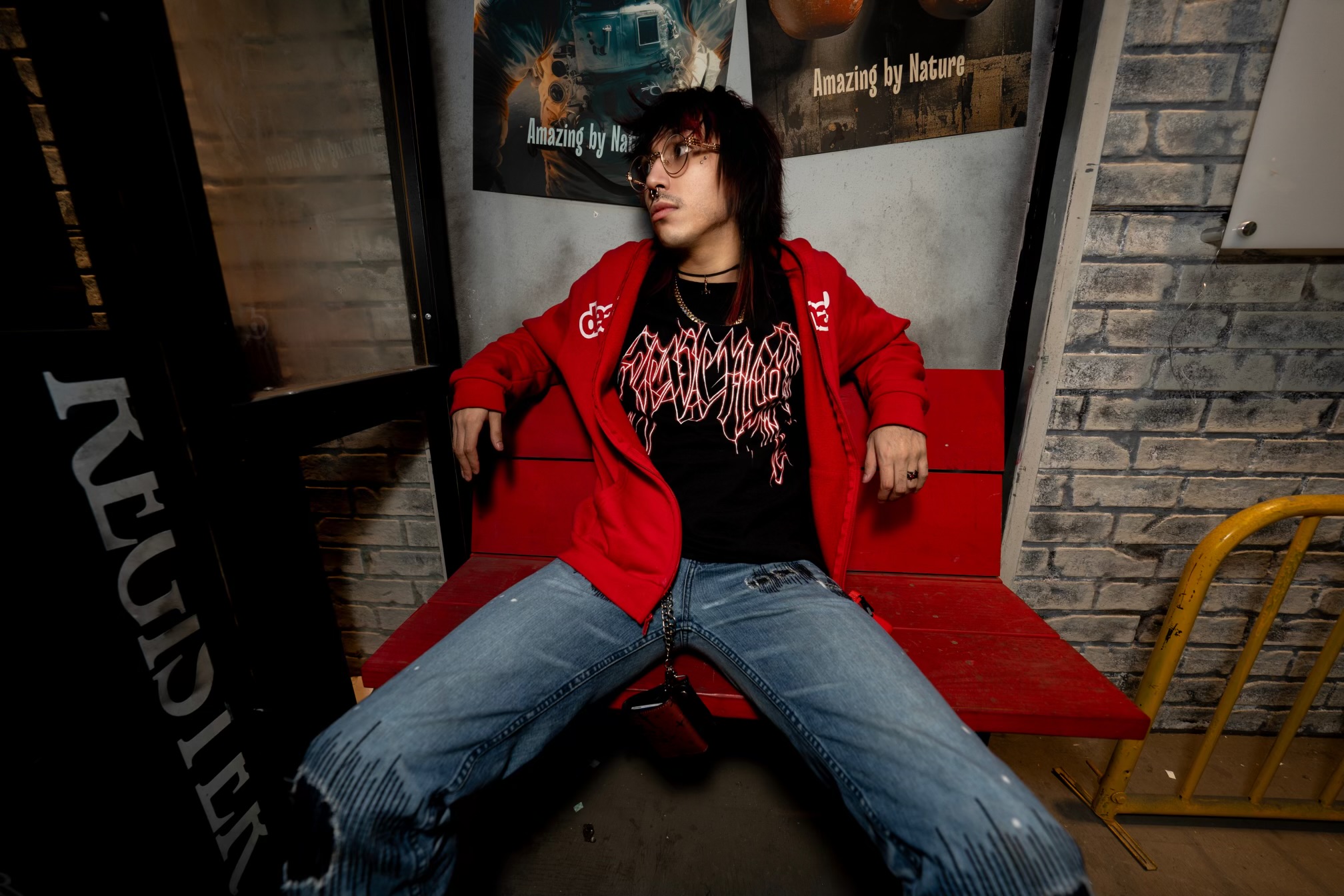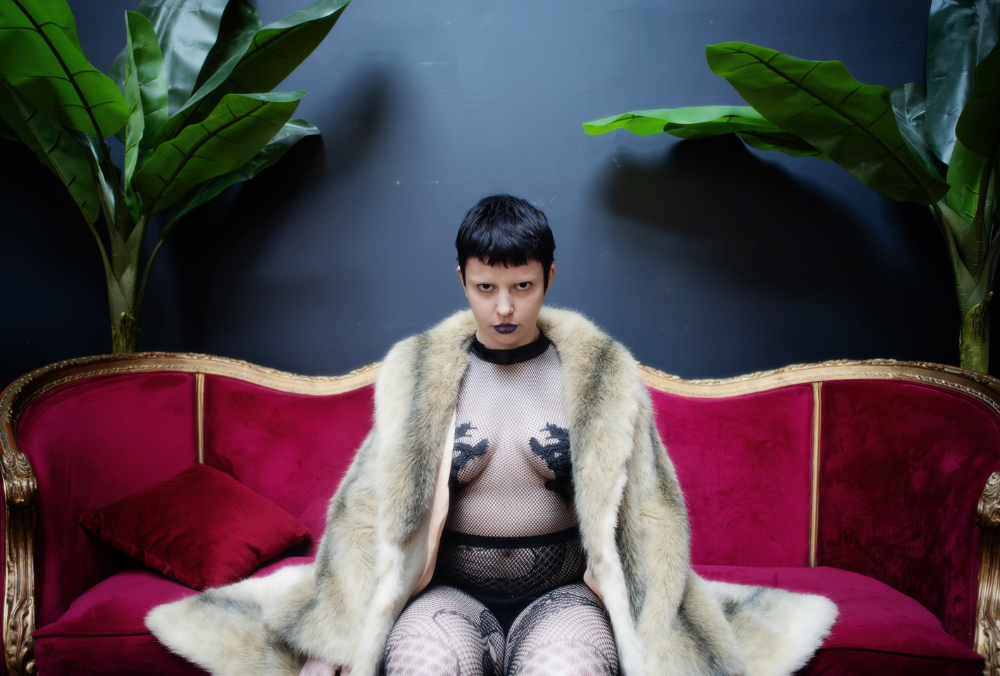Many of the villains in Dragon Ball Z were deadly serious, like the intergalactic conqueror Frieza and the biological android Cell. Their evil natures, along with their immense power, made them a threat to not only Goku and his allies, but the universe as a whole. Many villains definitely had more of a silly side, though, like the Ginyu Force.
This over-the-top band of Frieza Force fighters were intimidating in their own right , but they're perhaps most well-known for their theatrical antics. This included their tendency to strike ridiculous poses before battle. While the meta reason for these poses was to homage classic Japanese tokusatsu heroes like Kamen Rider and Super Sentai, they actually may have had a practical purpose. Here's the real world science behind the galaxy's most merciless modeling.
Power Posing: The Science of Standing Like You Mean It
The concept of "power posing" first entered scientific vernacular via a 2010 research paper in Psychological Science. Researchers Dana Carney, Amy Cuddy and Andy Yap brought forth the idea that, by striking a pose or stance associated with power, one could more easily act in an assertive or commanding way. One such method is the common "akimbo" pose, in which an individual makes "victory Vs" by placing their hands on their hips.
Said pose is typically associated with comic book superheroes like Superman and Wonder Woman, connecting it further with the idea of strength. The study itself found that the participants who engaged in power posing had higher levels of testosterone and lower levels of cortisol afterward. The difficulty in replicating these results, however, has led to the concept being extremely controversial. While Cuddy still stands by the initial findings, many others in the field have chucked the theory into the realms of pseudoscience.
The Ginyu Force's Posing Might Have Made Them Stronger
As much as its real-life applications are suspect, the concept behind power posing is eerily similar to what the Ginyu Force attempted with their stances. Their poses were done before fights to not only prepare themselves for battle, but perhaps also intimidate their opponents. This is similar to the idea of making oneself appear larger to scare away wild animals such as bears.
Said idea involving bears also involves staying together as a group. This is exactly what the Ginyu Force does, and by putting on a dramatic display as a team, they appear just a little less goofy with their posing. Again, this could all add up to not only making the Ginyu Force themselves fight harder, but also make their opponents more wary of taking on such a well-oiled machine of a team.
As mentioned, however, the very idea of power posing is only now over a decade old, long after Akira Toriyama introduced the Ginyu Force in the original Dragon Ball Z manga. However, given how long the idea of heroes -- and villains, for that matter -- striking colorful stances in the heat of battle has existed across cultures to represent power, there may be more to the theory, and the power of the Ginyu Force, than it would seem. Thankfully, posing never resulted in the Ginyu Force dabbing.

